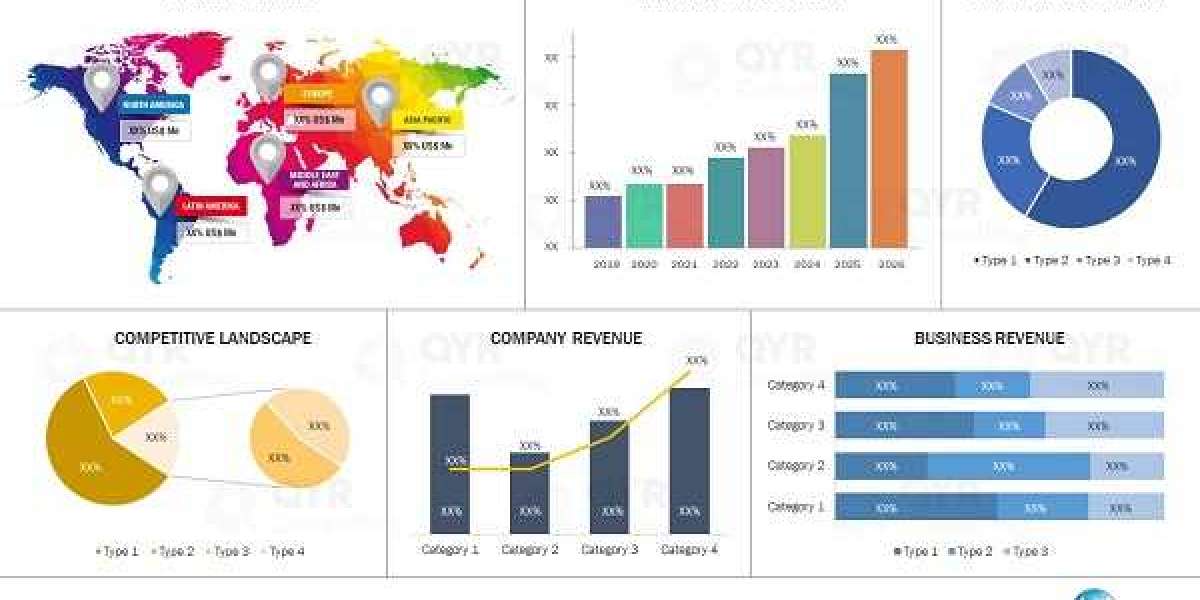Supreme88: A Premier Online Gaming Destination
Supreme88 has emerged as a leading name in the online gaming industry, known for its excellent gaming experience and cutting-edge technology. The platform provides players with a diverse selection of games, ranging from traditional casino games to innovative slots and live dealer options. This variety ensures that players of all preferences can find something that suits them. Supreme88 is designed with user experience in mind, featuring an intuitive interface that makes navigation easy for both new and experienced players. One of the standout features is the platform's seamless functionality across different devices, including desktops and mobile phones, which allows users to enjoy their favorite games anytime and anywhere.
From a technical standpoint, Supreme88 ensures high performance with top-notch software providers who deliver smooth gameplay and stunning graphics. The platform is equipped with advanced servers that handle large traffic volumes, ensuring that players can enjoy uninterrupted sessions even during peak times. Moreover, Supreme88 employs robust encryption protocols, protecting sensitive user data and ensuring safe transactions. This level of security is critical in building trust among players who value privacy and safety while engaging in online gaming.
Customer support is another key strength of Supreme88. The platform provides 24/7 assistance through live chat, email, and phone, ensuring that any issues or inquiries are addressed promptly. Whether it's a technical problem or a question about gameplay, the support team is readily available to provide guidance and resolve issues quickly. This commitment to customer service enhances the overall user experience, making players feel valued and supported throughout their gaming journey.
Additionally, Supreme88 offers various bonuses and promotions that help keep the gaming experience fresh and exciting. These rewards include welcome bonuses, loyalty programs, and seasonal promotions, all designed to provide extra value to players. By combining great games, solid security, excellent customer service, and attractive promotions, Supreme88 continues to be a top choice for online gaming enthusiasts.










